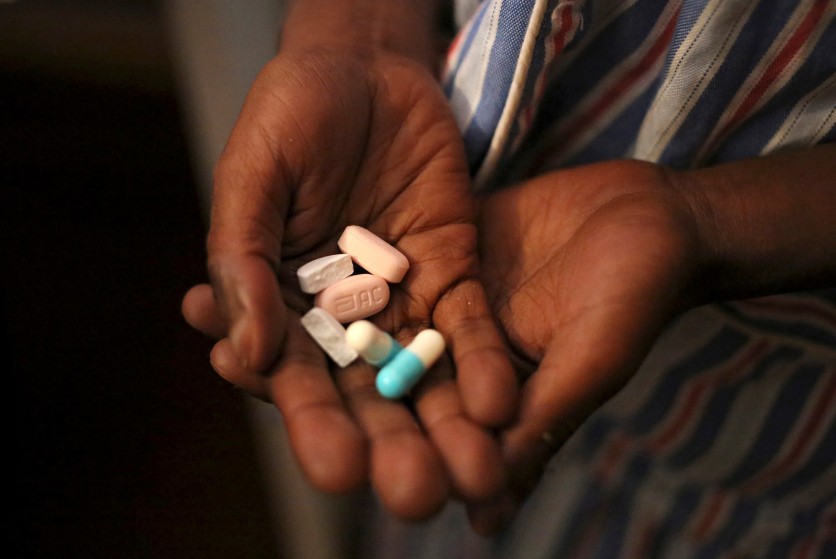
Nanotechnology presents a potential game-changer for diabetes treatment, offering a novel alternative to traditional insulin injections.
This innovative approach involves a "nano-carrier" that delivers insulin molecules precisely within the body, potentially revolutionizing diabetes management.
Potential Breakthrough in Diabetes Treatment
Since its discovery in 1921, insulin has been a critical medication for individuals with diabetes. However, the quest to develop a safe and effective oral insulin has posed a significant challenge in the medical field until now.
This cutting-edge oral insulin pill, pioneered by researchers at the University of Sydney, could offer hope to millions worldwide seeking an alternative to injections.
With diabetes affecting an estimated 422 million people globally and 75 million relying on daily insulin injections, the potential impact of this breakthrough is profound.
The oral insulin pill, designed to be consumed like any other tablet, has undergone rigorous testing on various animal models, including mice, rats, and baboons.
If successful in human trials, this innovation could transform the lives of countless individuals managing diabetes.
Crafted from nano-scale material, the novel oral insulin is minuscule, approximately 1/10,000th the width of a human hair.
This innovative substance shields insulin molecules from stomach acid and functions as a "nano-carrier." This mechanism facilitates the transportation of insulin molecules to the precise areas in the body where they are most needed.
Nicholas Hunt, the lead author and a member of the University of Sydney Nano Institute and Charles Perkins Center, emphasized a significant challenge in developing oral insulin: limited insulin absorption when taken orally or injected.
As published in Nature Nanotechnology, he explained that to overcome this hurdle, they devised a nanocarrier that significantly enhances the absorption of their nano insulin in the gut, as evidenced by experiments conducted on human intestinal tissue.
Responsive Nano-scale Substance for Blood Sugar Management
Interestingly, this nano-scale substance exhibits a fascinating responsiveness to the patient's blood sugar levels. In elevated blood sugar levels, indicating a requirement for insulin to manage glucose, the coating dissolves, facilitating the release of insulin molecules into the bloodstream.
Conversely, the coating prevents insulin release during low blood sugar levels.
This distinctive attribute holds the potential to mitigate the risk of adverse effects associated with insulin injections, such as hypoglycemia, a condition characterized by low blood sugar levels resulting from excessive insulin intake.
Animal model studies have demonstrated promising outcomes for the oral pill, showcasing effective blood glucose control without hypoglycemia or toxicity.
Dr. Hunt highlighted the significant advantage of our oral insulin in greatly reducing the risk of hypoglycemic episodes. This breakthrough marks the first instance of developing an oral insulin that effectively addresses this major challenge.
Human trials, scheduled to commence in 2025, will be spearheaded by Endo Axiom Pty Ltd, a spin-out company established by the research team.
The company's inception follows two decades of research conducted by Professor Victoria Cogger, Professor David Le Couteur AO, and Dr. Hunt.
Related Article : Scientists Claim That They Are Close to Creating an Insulin Tab

![Apple Watch Series 10 [GPS 42mm]](https://d.techtimes.com/en/full/453899/apple-watch-series-10-gps-42mm.jpg?w=184&h=103&f=9fb3c2ea2db928c663d1d2eadbcb3e52)



